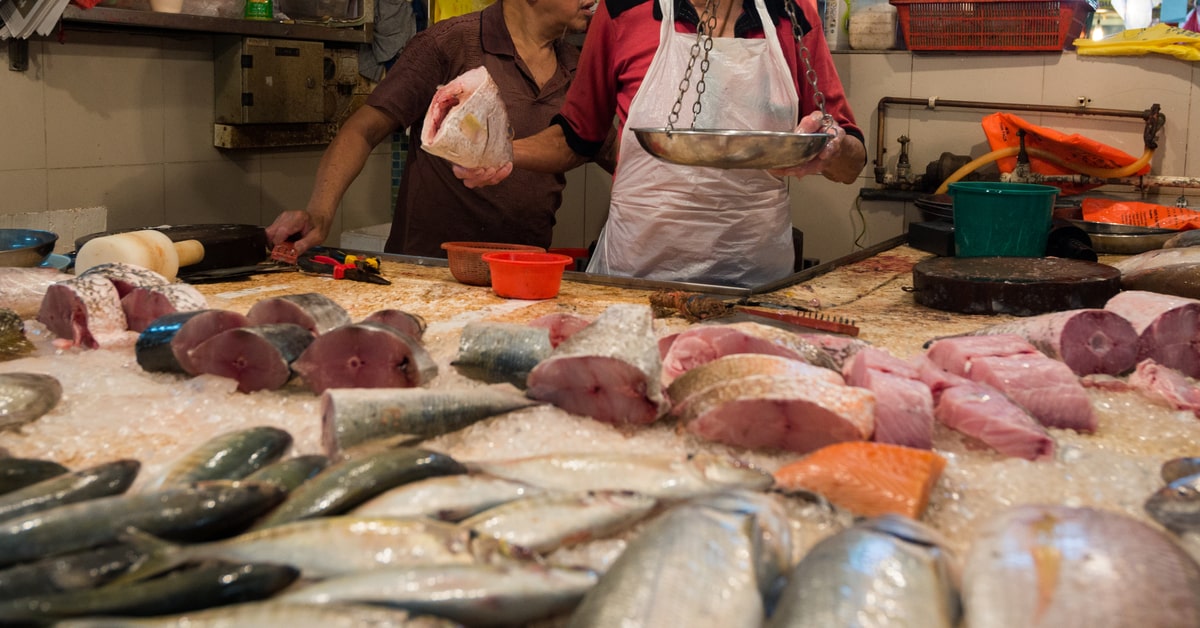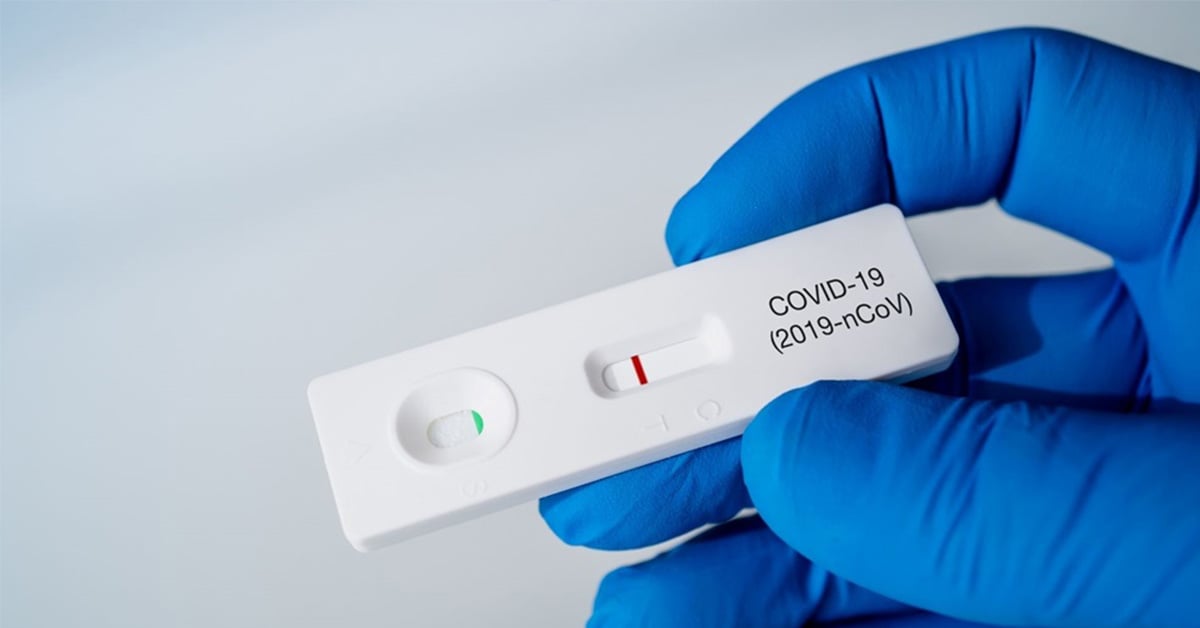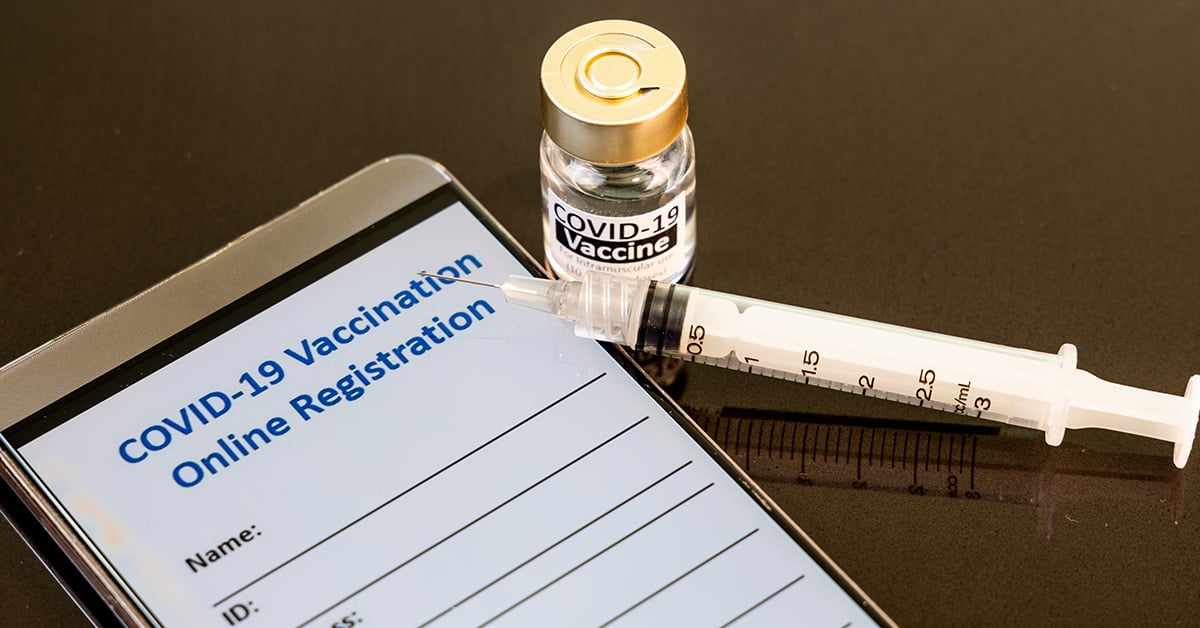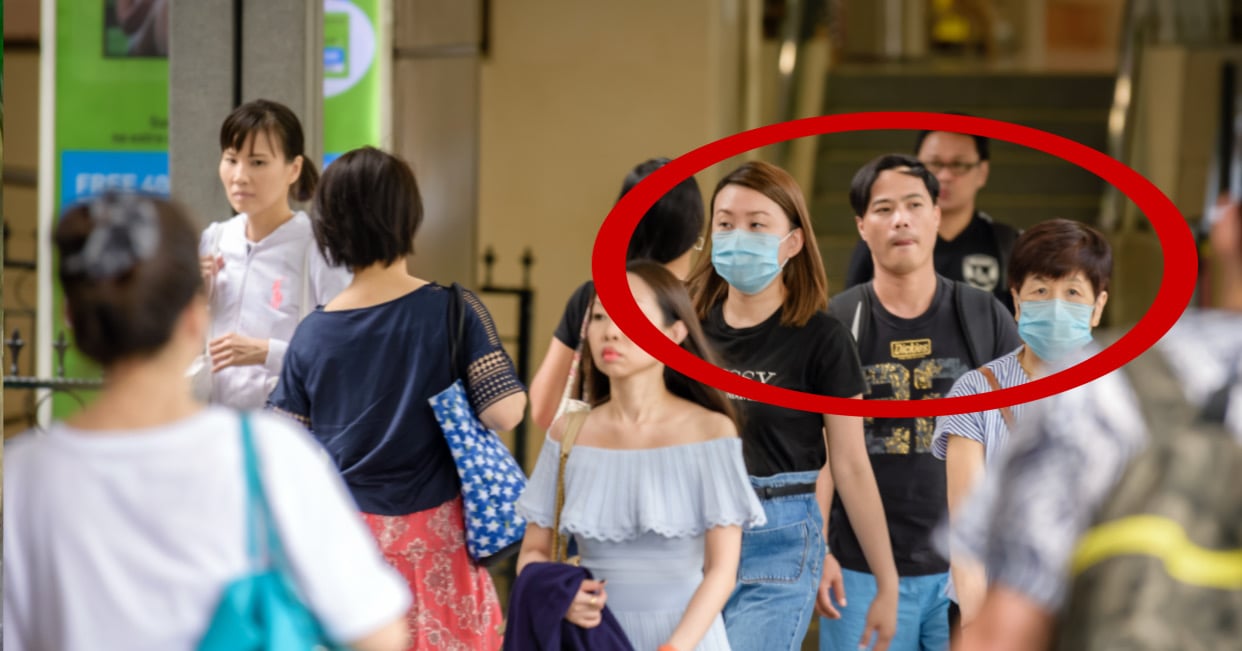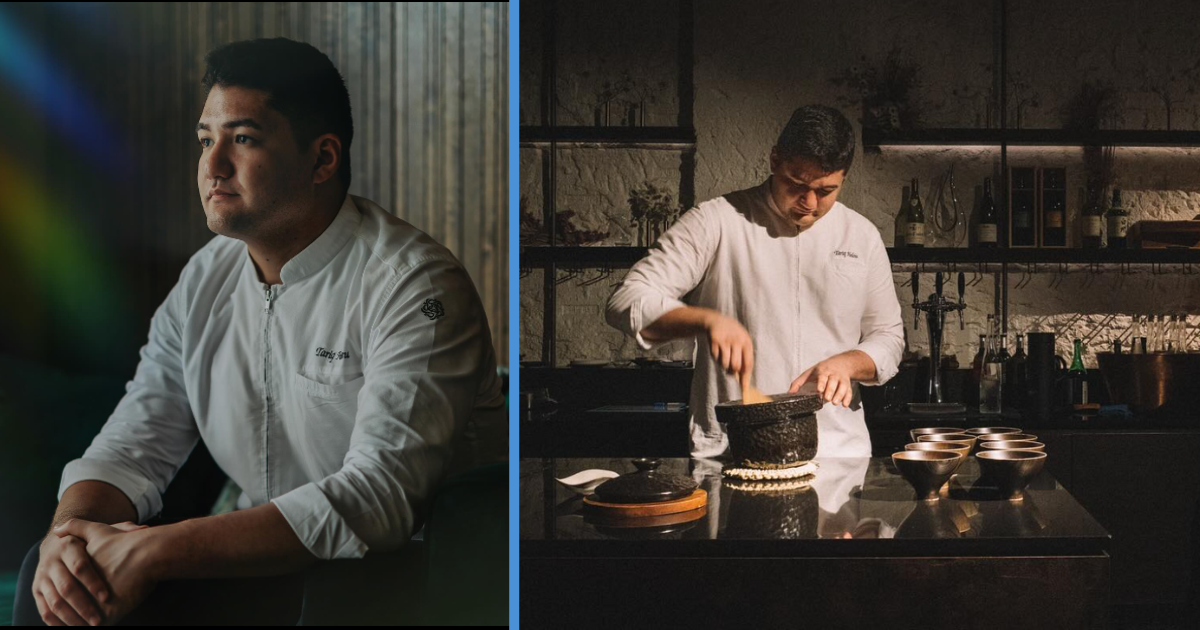When the authorities identified a COVID-19 cluster at Jurong Fishery Port, two types of kiasu people emerged:
- A group that rushed to supermarkets to panic buy seafood
- A group that was too scared to go within 25 metres of any fish products
Now, obviously, concerns raised by the second group are more understandable, as they believe they are trying to protect themselves and their loved ones from the coronavirus.
But I have good news for Group Number 2: fish is still safe to eat.
Fish in S’pore Still Safe to Consumption Despite Jurong Fishery Port Cluster
Fish in Singapore is still safe for consumption, Singapore’s director of medical services Kenneth Mak reassured residents.
“We have no evidence to suggest that transmission is occurring through contaminated fish. We believe that the fish that we still consume and enjoy remain safe for consumption,” he added.
Prof Mak was speaking at a press conference held by the COVID-19 task force, where he warned that the number of cases linked to the seaport cluster will continue to rise.
At the moment, the cluster has 321 infections.
According to Prof Mak, the authorities believe that the virus in the cluster may have been brought over via sea route into the fishery port, likely from Indonesian or other fishing boats that have brought fish into the port.
This is because the first group of cases in the cluster were found to be carrying the Delta variant, which has similar features to the strain seen in imported cases from Indonesia, he said.
How the Virus Spread at the Fishery Port
As of now, the authorities believe that fomite transmission – transmission through a contaminated article or surface – may have been the main mode of transmission at the port.
Prof Mak noted how similar cases of transmission have occurred at wet markets in Wuhan, Europe, Thailand, and Sri Lanka.
But there may have been other modes of transmission.
One COVID-19 patient who worked at the port, for instance, was found to have visited a KTV lounge within the infectious period. However, the authorities cannot confirm if the patient did indeed spread the virus there.
Shin Min Daily News also reported that a female worker at the port was recruited by a KTV lounge, though this has not yet been confirmed either by MOH.
Another reason for the high transmission rate there is an apparent laxity around mask-wearing.
Due to the hot weather and laborious tasks workers have to do, some reportedly take their masks off to catch their breath.
According to one fishmonger, when enforcement agents come to carry out checks, everyone pulls their masks up.
But once they leave, the masks go back down.
Watch this video to the end and you’ll understand the importance of masks:
Read also:
- 10 Facts About the Jurong Fishery Port Cluster That is Actually Linked to the KTV Cluster
- 10 Must-Know Updates from the 20 July COVID-19 Press Conference Whereby We’ll Go Back to P2HA from 22 July
Featured Image: CHEN WS / Shutterstock.com
